A Micro Air Velocity Sensor for Measuring the Internal Environment of the Cold Air Ducts of Heating, Ventilation, and Air Conditioning Systems
Abstract
:1. Introduction
2. Research Method
2.1. Design of Flexible Micro Air Velocity Sensor
2.2. Comparisons between Commercial Air Velocity Sensors and the Home-Built Micro Air Velocity Sensor
3. Results and Discussion
3.1. Calibration of the Home-Built Wireless Flexible Micro Air Velocity Sensor
3.2. Calibration and Comparison of Home-Built Wireless Flexible Micro Air Velocity Sensor and FS7.0.1L.195 Commercial Air Velocity Sensor
4. Conclusions
Author Contributions
Funding
Acknowledgments
Conflicts of Interest
References
- Elsheniti, M.B.; Dawood, M.M.; Abdelaziz, A.H.; Elhelw, M. Thermo-economic study on the use of desiccant-packed aluminum-foam heat exchangers in a new air-handling unit for high moisture-removal. Case Stud. Therm. Eng. 2022, 33, 101967–101982. [Google Scholar] [CrossRef]
- Zhang, Q.; Wang, Y.; Tao, R.; Torun, H.; Xie, J.; Li, Y.; Fu, C.; Luo, J.; Wu, Q.; Ng, W.P. Flexible ZnO thin film acoustic wave device for gas flow rate measurement. J. Micromech. Microeng. 2020, 30, 19551265–19551268. [Google Scholar] [CrossRef]
- Mu, Y.; Liu, M.; Ma, Z.; Zhang, J. Resistance characteristic analysis based study on a novel damper torque airflow sensor for VAV terminals. Build. Environ. 2020, 175, 106813–106823. [Google Scholar] [CrossRef]
- Shinoda, J.; Mylonas, A.; Kazanci, O.B.; Tanabe, S.; Olesen, B.W. Differences in temperature measurement by commercial room temperature sensors: Effects of room cooling system, loads, sensor type and position. Energy Build. 2021, 231, 110630–110642. [Google Scholar] [CrossRef]
- Chen, W.J.; Teng, T.P. A compensation algorithm to reduce humidity ratio error due to asynchronous humidity and temperature sensor time constants. Build. Environ. 2021, 190, 107555–107568. [Google Scholar] [CrossRef]
- Duy, L.T.; Baek, J.Y.; Mun, Y.J.; Seo, H. Patternable production of SrTiO3 nanoparticles using 1-W laser directly on flexible humidity sensor platform based on ITO/SrTiO3/CNT. J. Mater. Sci. Technol. 2021, 71, 186–194. [Google Scholar] [CrossRef]
- Asim, N.; Badiei, M.; Mohammad, M.; Razali, H.; Rajabi, A.; Haw, L.C.; Ghazali, M.J. Sustainability of heating, ventilation and air-conditioning (HVAC) systems in buildings—An overview. Int. J. Environ. Res. Public Health 2022, 19, 1016–1031. [Google Scholar] [CrossRef]
- Ligęza, P. Method of testing fast-changing and pulsating flows by means of a hot-wire anemometer with simultaneous measurement of voltage and current of the sensor. Measurement 2022, 187, 110291–110295. [Google Scholar] [CrossRef]
- Ligęza, P. Modification of hot-wire anemometers frequency bandwidth measurement method. Sensors 2020, 20, 1595–1601. [Google Scholar] [CrossRef] [Green Version]
- Hardianto, T.; Supeno, B.; Setiawan, D.K.; Gunawan, G. Design of real time anemometer based on wind speed-direction and temperature. Int. J. Power Electron. Drive Syst. 2017, 8, 677–685. [Google Scholar] [CrossRef]
- Ma, N.; Suematsu, K.; Yuasa, M.; Kida, T.; Shimanoe, K. Effect of water vapor on Pd-loaded SnO2 nanoparticles gas sensor. ACS Appl. Mater. Interfaces 2015, 7, 5863–5869. [Google Scholar] [CrossRef] [PubMed]
- Agrawal, V.K.; Patel, R.; Boolchandani, D.; Varma, T.; Rangrac, K. Sensitivity and reliability enhancement of a MEMS based wind speed sensor. Microelectron. Reliab. 2020, 104, 113513–113518. [Google Scholar] [CrossRef]
- Tang, X.; Hou, W.; Zheng, Q.; Fang, L.; Zhu, R.; Zheng, L. Self-powered wind sensor based on triboelectric nanogenerator for detecting breeze vibration on electric transmission lines. Nano Energy 2022, 99, 107412–107418. [Google Scholar] [CrossRef]
- Kou, H.; Tan, Q.; Wang, Y.; Zhang, G.; Su, S.; Xiong, J. A wireless slot-antenna integrated temperature-pressure-humidity sensor loaded with CSRR for harsh-environment applications. Sens. Actuators B Chem. 2020, 311, 127907–127917. [Google Scholar] [CrossRef]
- Xiaoqi, F.D.; Wong, C.; Li, C.W.; Li, J.D. Optimization and determination of the frequency response of constant-temperature hot-wire anemometers. AIAA J. 2017, 55, 2537–2543. [Google Scholar]
- Duan, J.; Chen, X.; Xie, Z.; Zhang, L. Correction of field-measured wind speed affected by deterministic interference factors. Appl. Sci. 2022, 12, 1868–1881. [Google Scholar] [CrossRef]
- Ligęza, P. Dynamic error correction method in tachometric anemometers for measurements of wind energy. Energies 2022, 15, 4132–4140. [Google Scholar] [CrossRef]
- Ligęza, P. Interaction between the standard and the measurement instrument during the flow velocity sensor calibration process. Processes 2021, 9, 1792–1801. [Google Scholar]
- Yi, Z.; Wan, Y.; Qin, M.; Huang, Q.A. Novel anemometer based on inductor bending effect. J. Microelectromech. Syst. 2019, 28, 321–323. [Google Scholar] [CrossRef]
- Xu, Q.; Lu, Y.; Zhao, S.; Hu, N.; Jiang, Y.; Li, H.; Wang, Y.; Gao, H.; Li, Y.; Yuan, M.; et al. A wind vector detecting system based on triboelectric and photoelectric sensors for simultaneously monitoring wind speed and direction. Nano Energy 2021, 89, 106382–106389. [Google Scholar] [CrossRef]
- Zhao, C.; Wu, Y.; Dai, X.; Han, J.; Dong, B.; Huang, L.B. Calliopsis structure-based triboelectric nanogenerator for harvesting wind energy and self-powerd wind speed/direction sensor. Mater. Des. 2022, 221, 111005. [Google Scholar] [CrossRef]
- Lee, C.Y.; Lee, S.J.; Chen, C.H.; Hsieh, C.L.; Wen, S.H.; Chiu, C.W.; Jiang, C.A. Internal real-time microscopic diagnosis of vanadium redox flow battery. Sens. Actuators A Phys. 2020, 314, 112259–112265. [Google Scholar] [CrossRef]

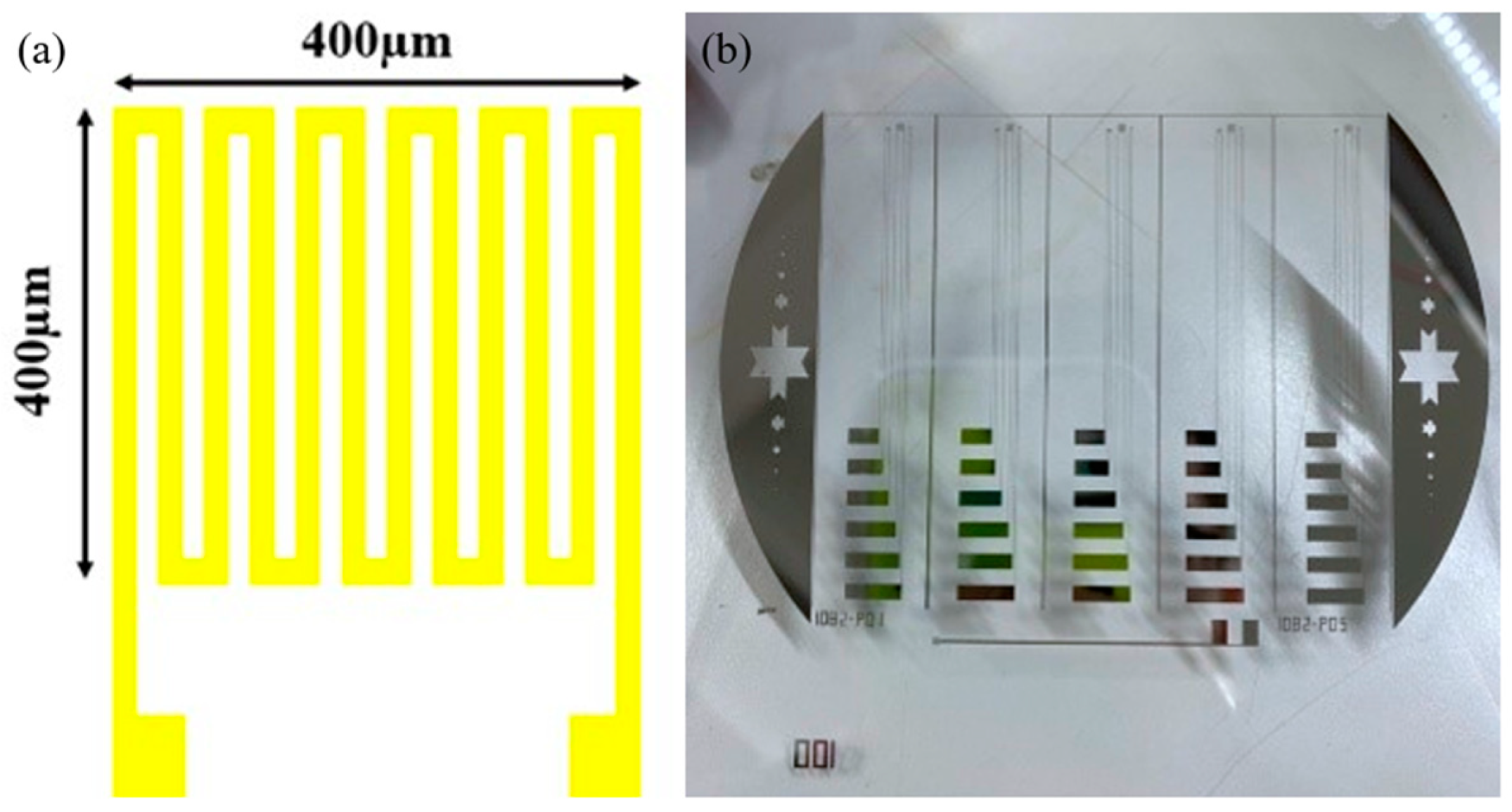
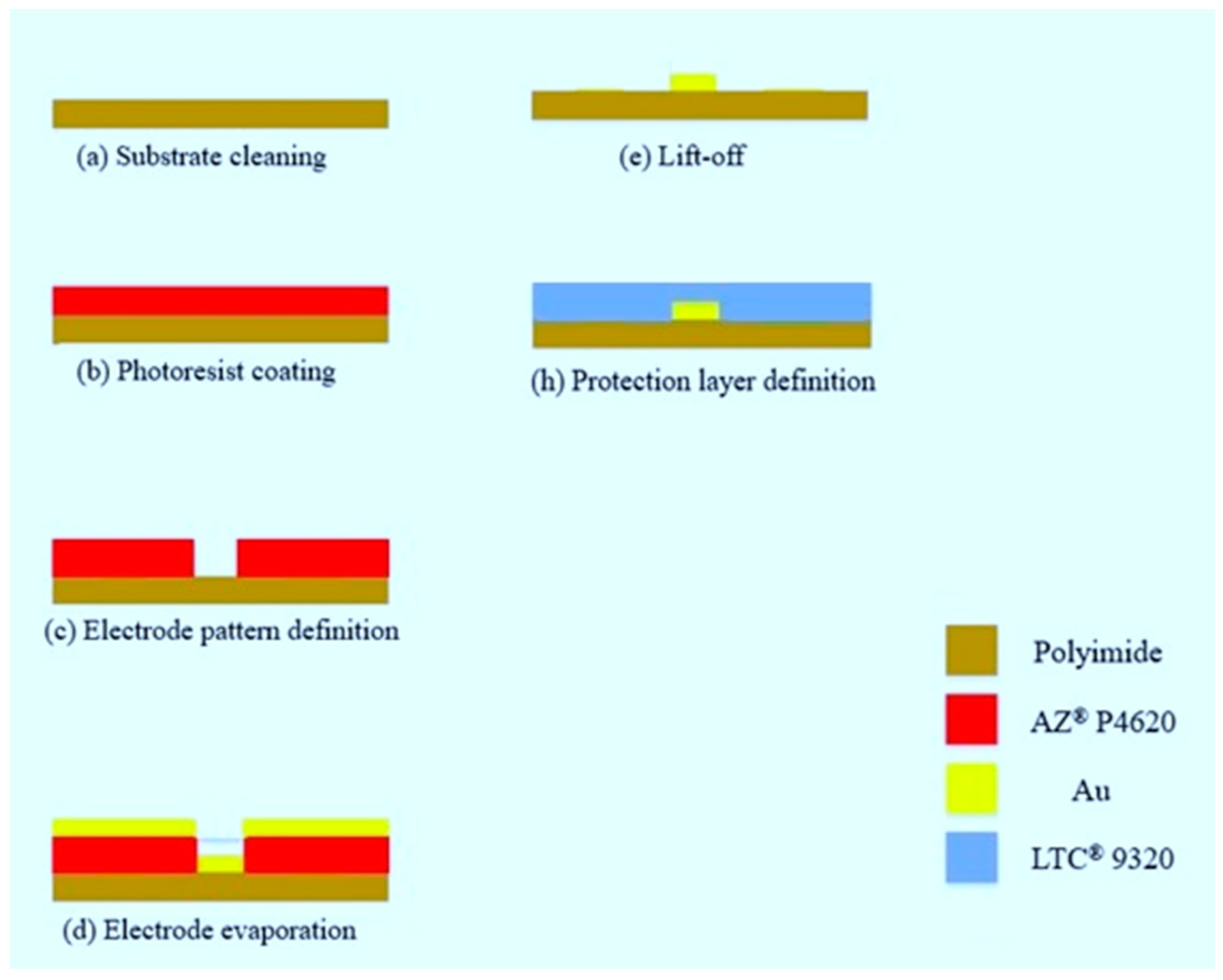
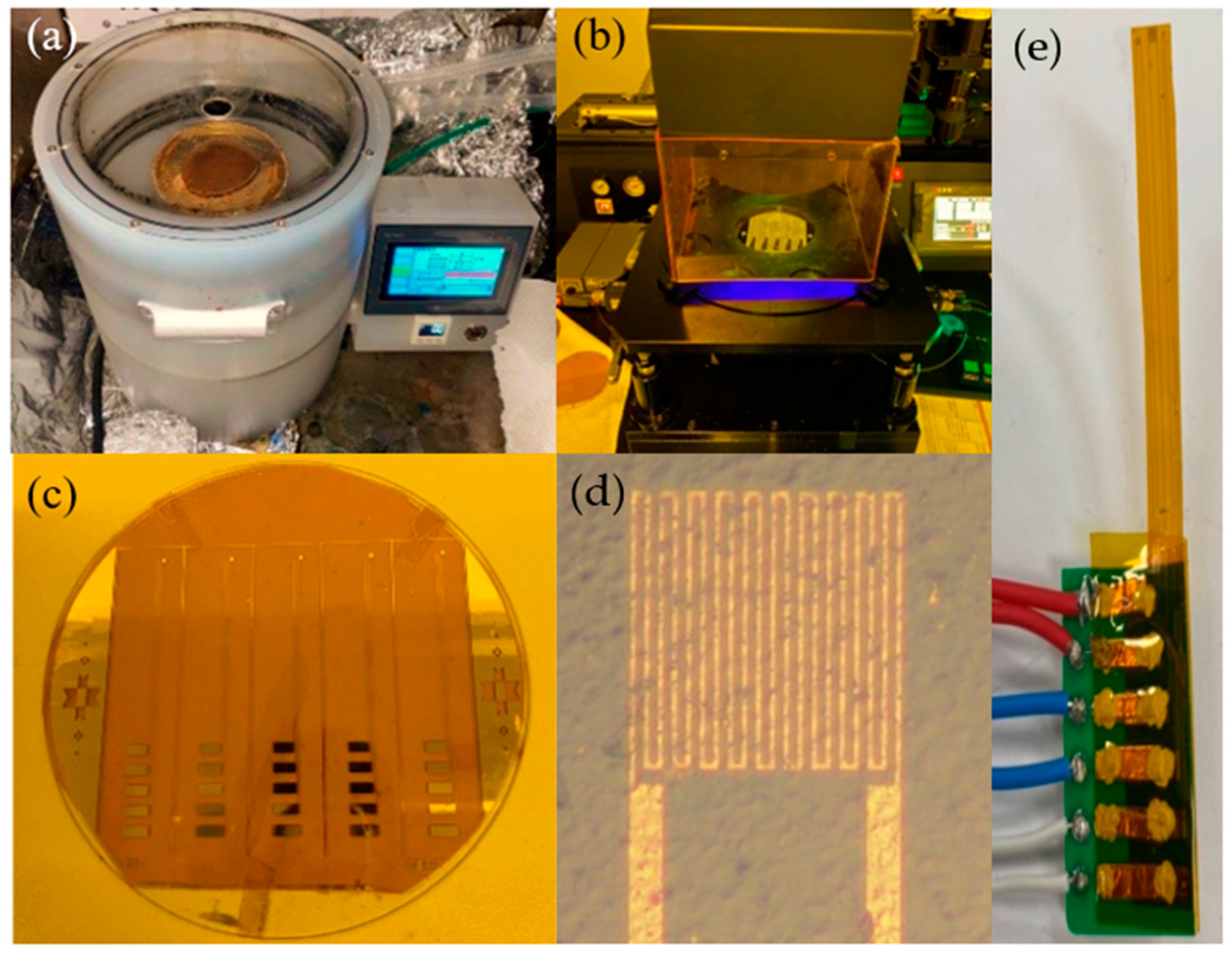
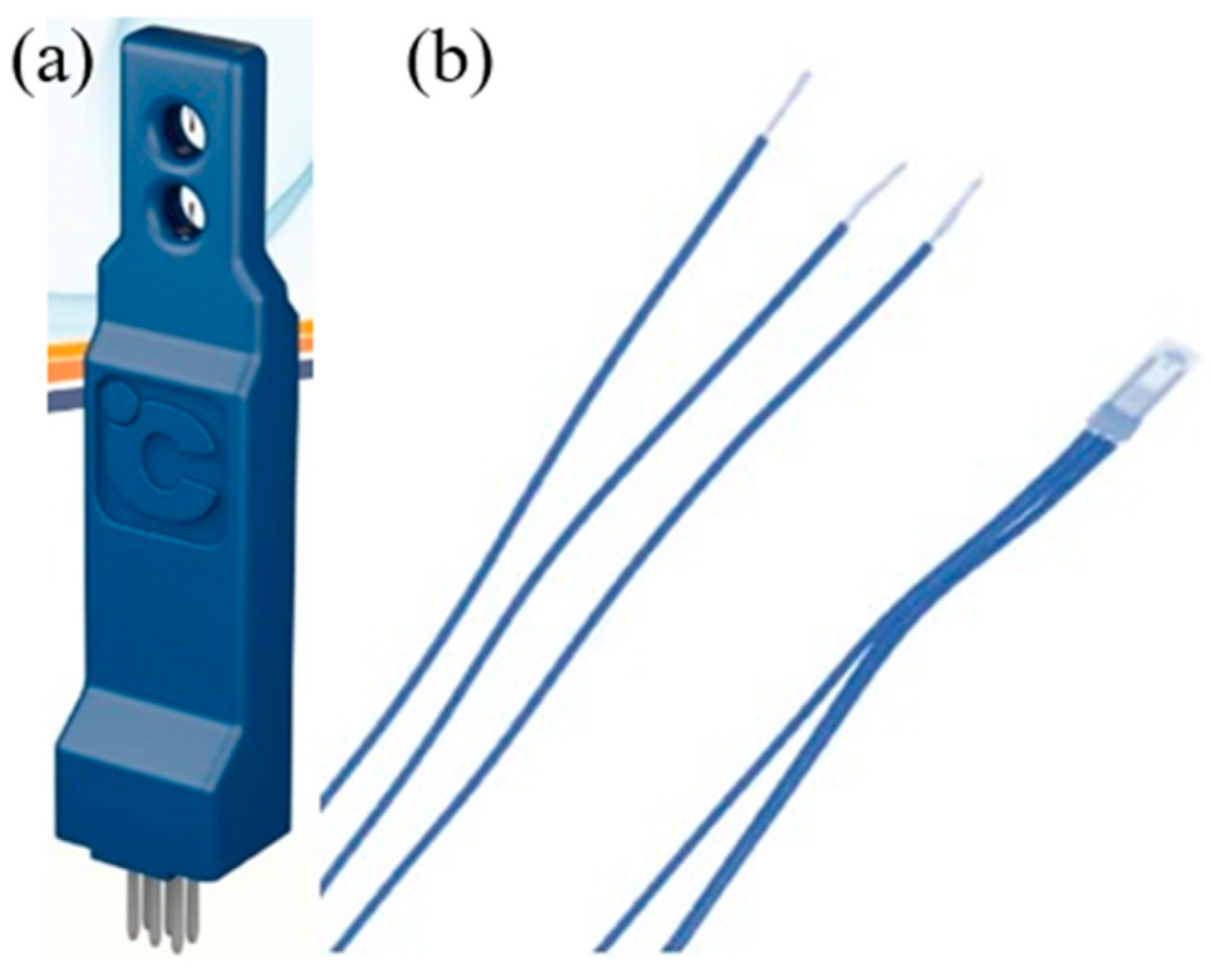
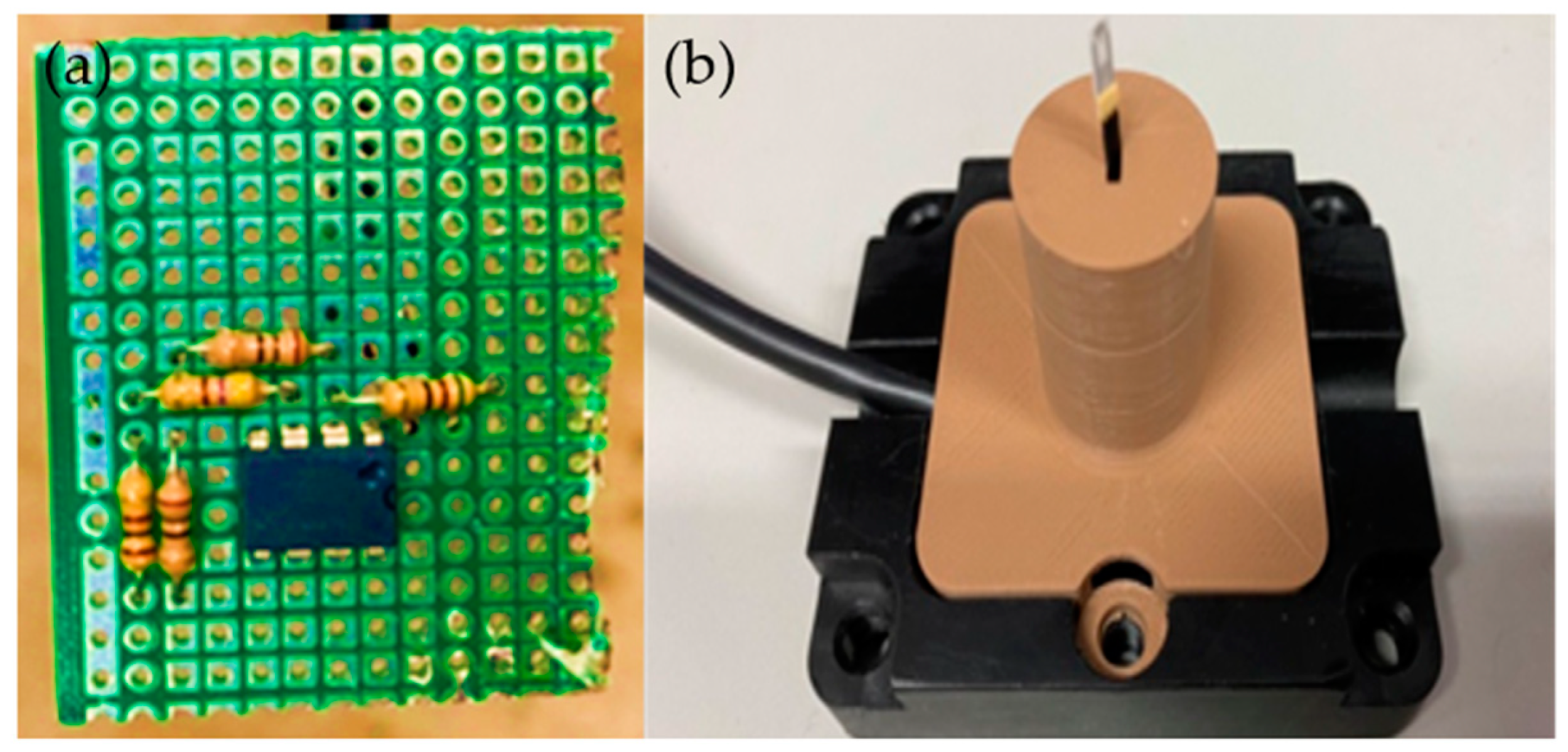
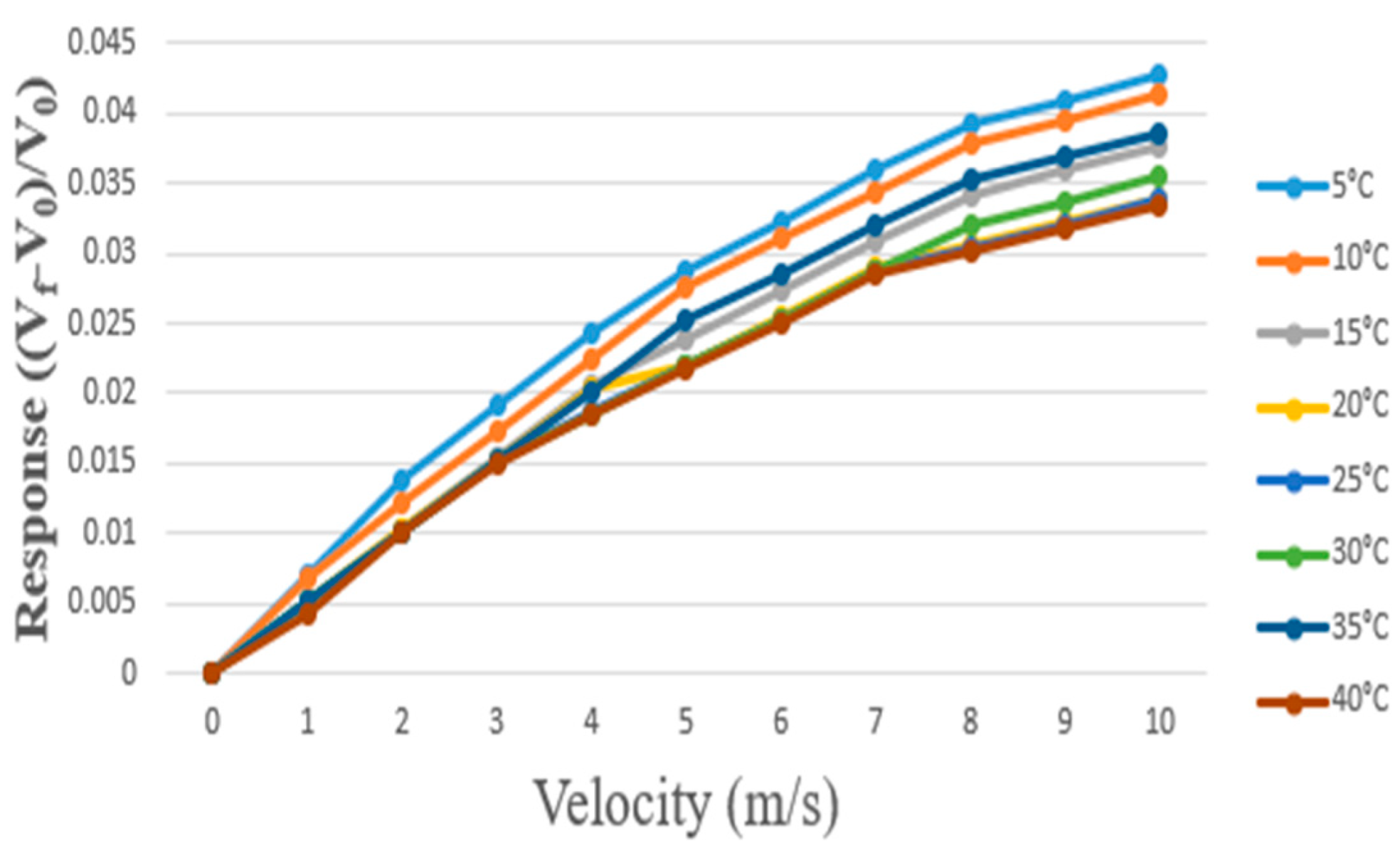
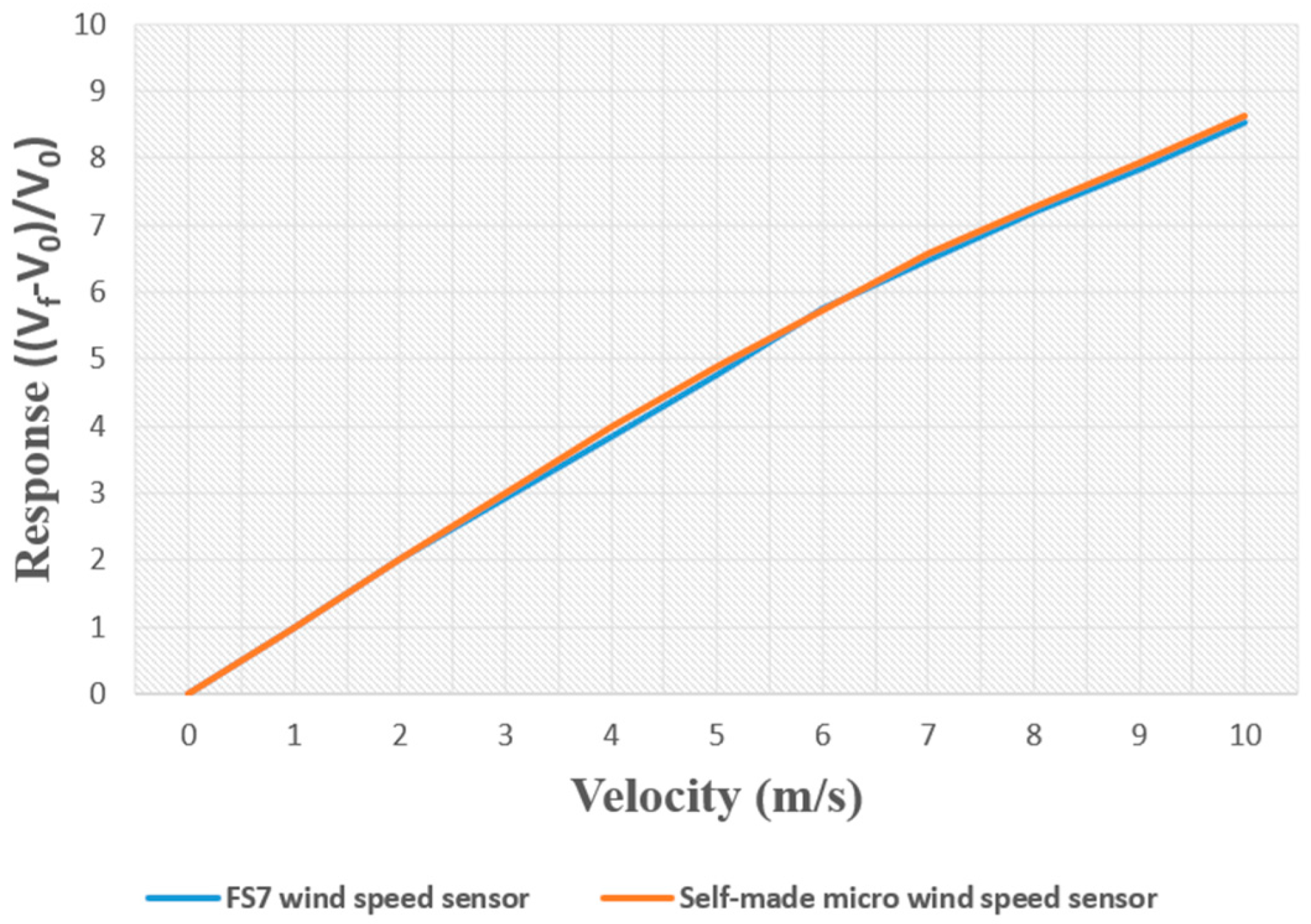
| Model | F660/F662 (Currently in Use) | FS7.0.0l.195 | Home-Built Micro Sensor |
|---|---|---|---|
| Response time | 400 ms | 200 ms | 1 ms |
| Operating measuring range | 0.15–20 m/s | 0–100 m/s | 0.15–20 m/s |
| Operating temperature range | −5–60 °C | −20–150 °C | −20–250 °C |
| Output | Velocity, Temperature | Velocity | Velocity |
| Velocity accuracy | ±5% | <3% | ±3% |
| Price | NT4000 | NT560 | NT470 |
| Length | 39.1 mm | 202 mm (including wire) | 70 mm |
Publisher’s Note: MDPI stays neutral with regard to jurisdictional claims in published maps and institutional affiliations. |
© 2022 by the authors. Licensee MDPI, Basel, Switzerland. This article is an open access article distributed under the terms and conditions of the Creative Commons Attribution (CC BY) license (https://creativecommons.org/licenses/by/4.0/).
Share and Cite
Lee, C.-Y.; Wang, X.-W.; Liu, C.-K. A Micro Air Velocity Sensor for Measuring the Internal Environment of the Cold Air Ducts of Heating, Ventilation, and Air Conditioning Systems. Micromachines 2022, 13, 2198. https://doi.org/10.3390/mi13122198
Lee C-Y, Wang X-W, Liu C-K. A Micro Air Velocity Sensor for Measuring the Internal Environment of the Cold Air Ducts of Heating, Ventilation, and Air Conditioning Systems. Micromachines. 2022; 13(12):2198. https://doi.org/10.3390/mi13122198
Chicago/Turabian StyleLee, Chi-Yuan, Xin-Wen Wang, and Chen-Kai Liu. 2022. "A Micro Air Velocity Sensor for Measuring the Internal Environment of the Cold Air Ducts of Heating, Ventilation, and Air Conditioning Systems" Micromachines 13, no. 12: 2198. https://doi.org/10.3390/mi13122198




